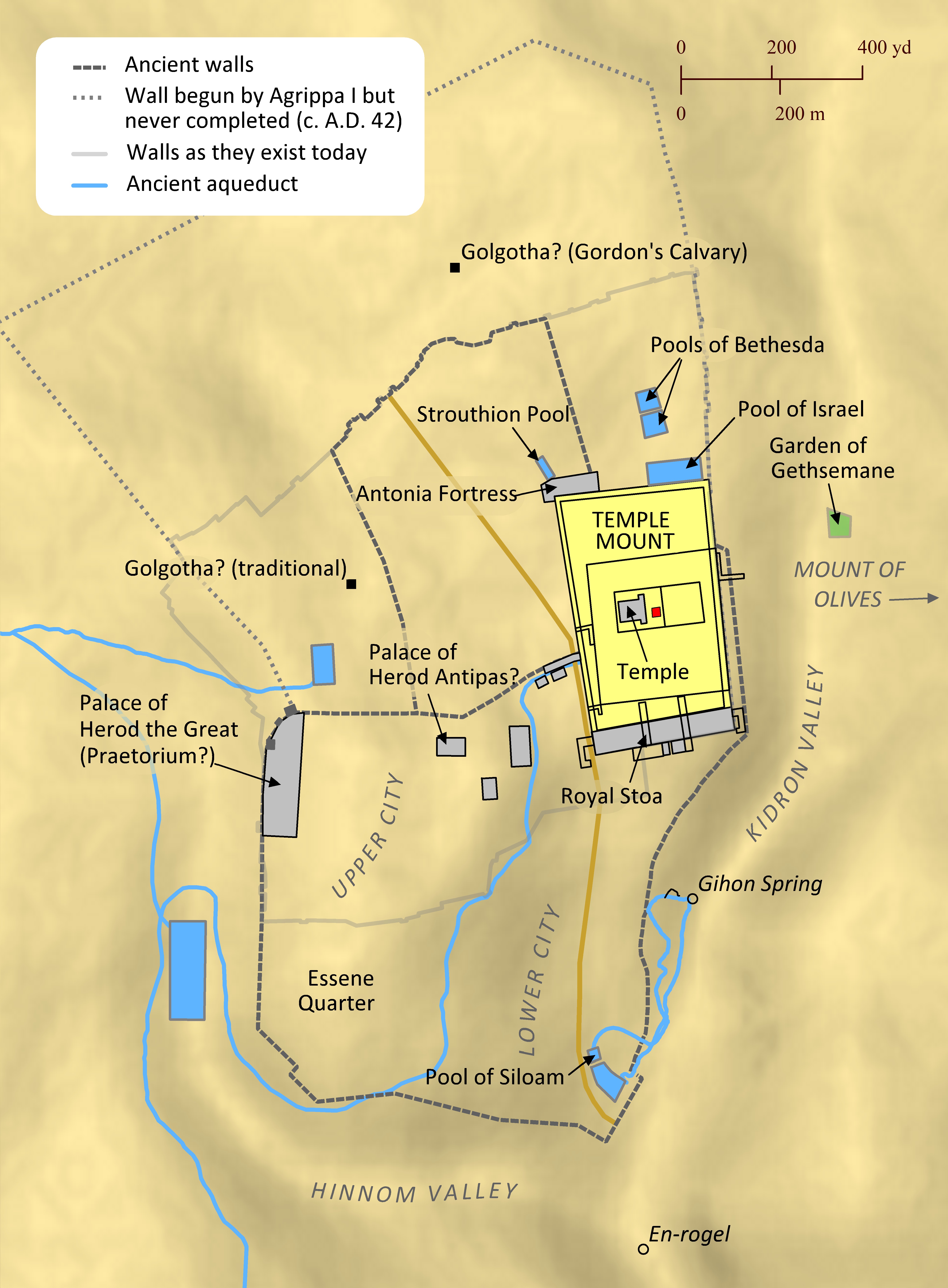Note: This view shows ‘verses’ which are not natural language units and hence sometimes only part of a sentence will be visible—click on any Bible version abbreviation down the left-hand side to see the verse in more of its context. Normally the OET discourages the reading of individual ‘verses’, but this view is only designed as a tool for doing comparisons of different translations—the older translations are further down the page (so you can read up from the bottom to trace the English translation history). The OET segments on this page are still very early looks into the unfinished texts of the Open English Translation of the Bible—please double-check these texts in advance before using in public.
AICNT so also you, when you see all these things, know that it is near, at the doors.
OEB And so may you, as soon as you see all these things, know that he is at your doors.
WEBBE Even so you also, when you see all these things, know that he is near, even at the doors.
WMBB (Same as above)
NET So also you, when you see all these things, know that he is near, right at the door.
LSV so also you, when you may see all these, you know that it is near—at the doors.
FBV In the same way when you see all these things happening, you know that his coming is near, in fact it's right at the door!
TCNT So also, when you see all these things, know that he is near, at the very gates.
T4T Similarly, when you see all these things that I have just described happening, you will know that the time for me to return is very close [MET].
LEB So also you, when you see all these things, know[fn] that he is near, at the door.
BBE Even so, when you see all these things, you may be certain that he is near, even at the doors.
Moff so, whenever you see all this happen, you may be sure He is at hand, at the very door.
Wymth So you also, when you see all these signs, may be sure that He is near—at your very door.
ASV even so ye also, when ye see all these things, know ye that he is nigh, even at the doors.
DRA So you also, when you shall see all these things, know ye that it is nigh, even at the doors.
YLT so also ye, when ye may see all these, ye know that it is nigh — at the doors.
Drby Thus also ye, when ye see all these things, know that it is near, at the doors.
RV even so ye also, when ye see all these things, know ye that he is nigh, even at the doors.
(even so ye/you_all also, when ye/you_all see all these things, know ye/you_all that he is nigh, even at the doors. )
SLT So also ye, when ye should see all these things, know ye that it is near at the doors.
Wbstr So likewise ye, when ye shall see all these things, know that it is near, even at the doors.
KJB-1769 So likewise ye, when ye shall see all these things, know that it is near, even at the doors.
( So likewise ye/you_all, when ye/you_all shall see all these things, know that it is near, even at the doors. )
KJB-1611 So likewise yee, when ye shall see all these things, know that it is neere, euen at the doores.
(Modernised spelling is same as from KJB-1769 above)
Bshps So lykewyse ye, when ye see all these thynges, be ye sure that it is neare, euen at the doores.
(So likewise ye/you_all, when ye/you_all see all these things, be ye/you_all sure that it is near, even at the doors.)
Gnva So likewise ye, when ye see all these things, know that the kingdom of God is neere, eue at ye doores.
(So likewise ye/you_all, when ye/you_all see all these things, know that the kingdom of God is near, eve/even at ye/you_all doors. )
Cvdl So likewyse ye, whan ye se all thynges, be ye sure, that it is nye euen at the dores
(So likewise ye/you_all, when ye/you_all see all things, be ye/you_all sure, that it is nigh/near even at the doors)
TNT So lyke wyse ye when ye see all these thynges be ye sure that it is neare even at the dores.
(So likewise ye/you_all when ye/you_all see all these things be ye/you_all sure that it is near even at the doors. )
Wycl `so and ye whanne ye seen alle these thingis, wite ye that it is nyy, in the yatis.
(so and ye/you_all when ye/you_all seen all these things, wite ye/you_all that it is nigh/near, in the gates.)
Luth Also auch, wenn ihr das alles sehet, so wisset, daß es nahe vor der Tür ist.
(So also, when you(pl)/their/her the all/everything see, so know, that it near before/in_front_of the/of_the door is.)
ClVg ita et vos cum videritis hæc omnia, scitote quia prope est, in januis.
(so/thus and you when/with you_see these_things everything, he_knowsote because near it_is, in/into/on yanuis. )
UGNT οὕτως καὶ ὑμεῖς ὅταν ἴδητε ταῦτα, πάντα γινώσκετε ὅτι ἐγγύς ἐστιν ἐπὶ θύραις.
(houtōs kai humeis hotan idaʸte tauta, panta ginōskete hoti engus estin epi thurais.)
SBL-GNT οὕτως καὶ ὑμεῖς, ὅταν ἴδητε ⸂πάντα ταῦτα⸃, γινώσκετε ὅτι ἐγγύς ἐστιν ἐπὶ θύραις.
(houtōs kai humeis, hotan idaʸte ⸂panta tauta⸃, ginōskete hoti engus estin epi thurais.)
RP-GNT οὕτως καὶ ὑμεῖς, ὅταν ἴδητε ταῦτα πάντα, γινώσκετε ὅτι ἐγγύς ἐστιν ἐπὶ θύραις.
(houtōs kai humeis, hotan idaʸte tauta panta, ginōskete hoti engus estin epi thurais.)
TC-GNT οὕτω καὶ ὑμεῖς, ὅταν ἴδητε [fn]ταῦτα πάντα, γινώσκετε ὅτι ἐγγύς ἐστιν ἐπὶ θύραις.
(houtō kai humeis, hotan idaʸte tauta panta, ginōskete hoti engus estin epi thurais. )
Key for above GNTs: yellow:punctuation differs, red:words differ (from our SR-GNT base).
